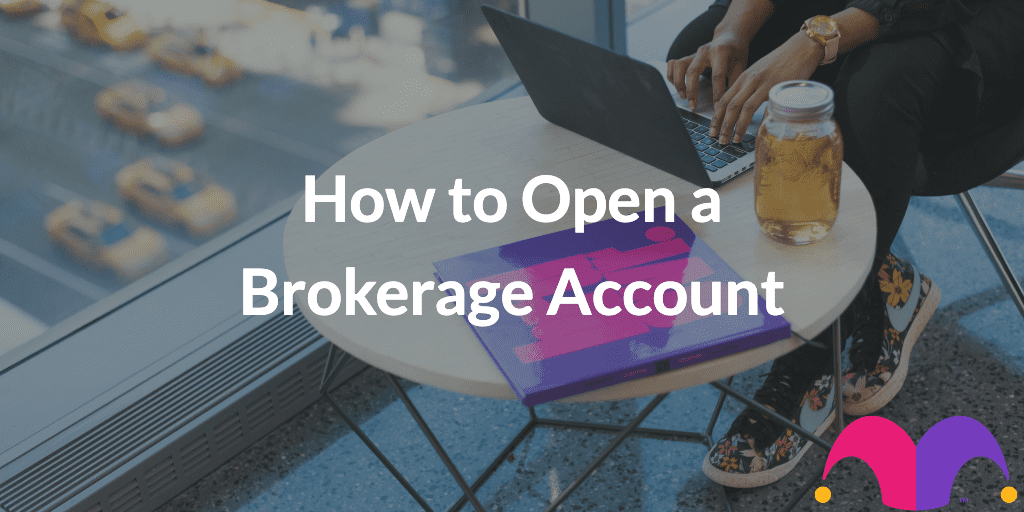If you are interested in trading in the stock market, one of the simplest ways to get started is to open a brokerage account. Also referred to as a ‘share deadline account’, this is an investment account that can be used to invest in stocks, bonds and other market-based securities.
In this guide, you’ll learn the key steps required to open a brokerage account, from choosing the right type of brokerage account for you to funding your account and carrying out your first trade.
1. Determine the best type of brokerage account for you
The first step to opening a brokerage account is to determine the type of account that you need. You have three main options here:
- An online brokerage account
- A robo-advisor
- A human-managed account
An online brokerage account allows you to conduct online trades through an online portal. Here, you are solely in charge of selecting and managing your investments. This type of account provides the most options and flexibility.
A robo-advisor is a new type of investing account that has exploded in popularity in recent years. This is basically an online portfolio management service that offers a simple and convenient way to invest.
Robo advisors use computer algorithms to select and manage investments for you based on your investment goals and risk tolerance. They are an excellent choice for investors who prefer a hands-off approach to investing.
A managed brokerage account, meanwhile, involves a human manager providing advice, executing trades and making investment decisions on your behalf, usually for a fee.
2. Compare the costs and incentives
Once you’ve decided on the right type of brokerage account to open, it’s time to compare the costs and incentives.
Brokerage account fees typically vary from one provider to the next. Different providers will, in fact, have different types of fees but also different fee structures.
Apart from fees, the incentives on offer will also differ from one provider to the next. For example, some may offer you commission-free trading for a set amount of time, or even indefinitely.
Essentially, compare different providers’ fee amounts, types and structures, as well as the incentives they offer, to find the broker that offers the best combination for you.
3. Consider the services and conveniences offered
While pricing and incentives are important, they are not the only things that you need to take into account. It’s also wise to consider the services and conveniences that a brokerage offers.
For example, does the brokerage offer research and education tools that can help you make better investment decisions? Does the brokerage offer an easy-to-use mobile app through which you can carry out trades from anywhere at any time? What are the available trading options on the platform? For example, can you buy and sell international shares?
In a nutshell, make a list of the services and conveniences that are important to you, and then compare different brokerages to find the one that provides the best selection.
4. Choose the brokerage firm that best fits your needs
The right brokerage will, of course, vary from investor to investor.
Your goal should be to open a brokerage account with the provider that offers the best selection of services and conveniences at the lowest possible cost.
5. Begin the application process
You can easily open a brokerage account online. You’ll just need to provide some basic information, including your:
- Full name
- Valid ID
- Email address
- Phone number
- National Insurance number
Once you’ve provided these details and your application is approved, your account should be up and running in no time.
6. Fund the account
To begin trading, you need to have cash in your account. Most brokerages will give you a variety of options to fund your account. Usually, the easiest way is to link your brokerage account to your bank account and then make an automatic transfer.
Other options include bank transfers or writing and posting a cheque.
7. Start researching investments
With your account up and running, you will be good to go for your first trade.
Of course, keep in mind that investing carries a relative degree of risk. Your investments can go up and down in value depending on market conditions, and you could possibly end up with less than you put it.
That’s why it’s important to research your investments and their long-term potential before you part with your money. You can also significantly reduce your level of risk by not putting all your eggs in one basket and instead investing in a well-diversified portfolio.
Ready to open a brokerage account and start investing? We’ve done the hard work of creating a list of our featured brokerage accounts in the UK to help you narrow down your options and find the most suitable one for your needs.
